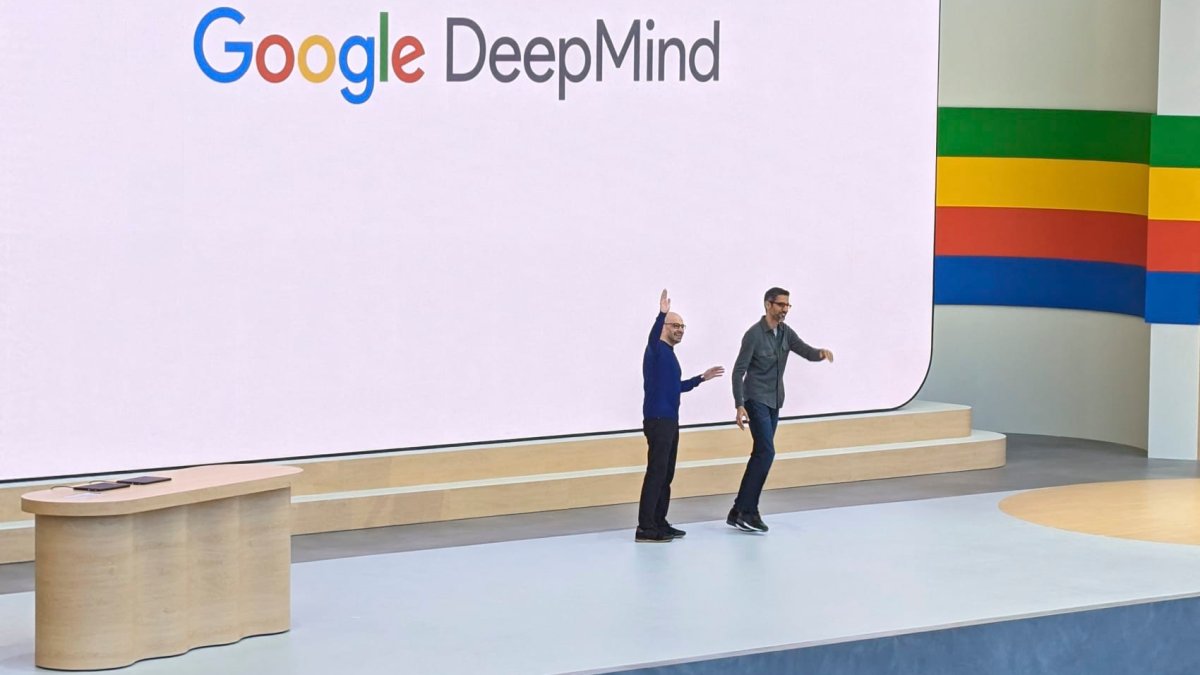DeepMind Announces Plans to Utilize AI Models for Enhancing Physical Robots

Google Launches New AI Models for Robotics
On Wednesday, Google DeepMind introduced two groundbreaking AI models designed specifically for use in robotics. These models, named Gemini Robotics and Gemini Robotics-ER (Extended Reasoning), operate on the newly unveiled Gemini 2.0 platform, which Google proudly describes as its most advanced AI technology to date.
Partnering with Apptronik
In a significant move, Google announced a partnership with Apptronik, a Texas-based robotics developer. This collaboration aims to create the next generation of humanoid robots powered by the Gemini 2.0 technology. Apptronik has a solid reputation and has worked with prominent organizations such as Nvidia and NASA in the past. Recently, the company successfully raised $350 million in funding, with Google participating in this round.
Demonstrations of New Capabilities
Demonstration videos released by Google illustrated the skill sets of Apptronik robots utilizing the new AI models. These videos showcased robots performing everyday tasks, such as plugging devices into power strips, filling lunchboxes, moving plastic vegetables, and zipping up bags—all in response to spoken commands. However, Google has not provided a specific timeline for when these advanced robotics technologies will be available for public use.
Essential Qualities of Effective Robotics AI
Google emphasized that for an AI to be effective in the robotics sector, it must possess three essential qualities:
General Use: The AI should be adaptable to a variety of situations, allowing robots to tackle diverse tasks without being limited by narrow programming.
Interactivity: The AI needs to understand and respond quickly to changes in its environment or directions given by humans, enhancing its practical utility.
- Dexterity: The robot should be capable of performing physical tasks commonly done by humans, such as manipulating objects with precision using hands and fingers.
Gemini Robotics-ER is particularly designed for roboticists, who can leverage it as a foundation to train their own AI models. This model is not only available to Apptronik but also to other "trusted testers" including notable firms like Agile Robots, Agility Robotics, Boston Dynamics, and Enchanted Tools.
The Competitive Landscape in Robotics and AI
Google is not the only company focusing on integrating AI with robotics. In recent months, other tech leaders, including OpenAI, have made strides in this area. OpenAI has invested in a startup named Physical Intelligence, which aims to develop general-purpose AI to empower robotic applications. This strategic investment aligns with the broader goal of advancing AI models suitable for physical interactions.
In the same month as the investment announcement, OpenAI hired a former leader from Meta’s augmented reality division to enhance its own robotics and hardware efforts. Furthermore, companies like Tesla are entering the humanoid robotics market with their Optimus robot, signifying a rapidly evolving landscape within the industry.
Future Prospects
Sundar Pichai, Google’s CEO, commented on the potential impact of robotics as a testing platform for new AI developments. He noted that the robots would utilize Google’s multimodal AI models to adapt dynamically to their surroundings and respond effectively to varied scenarios.
The advancements made through Gemini 2.0 and its application in robotics could pave the way for a future where robots can seamlessly blend into daily life, performing diverse tasks alongside humans. As the technology continues to evolve, it will be critical to monitor the progress and developments resulting from these new AI models.






